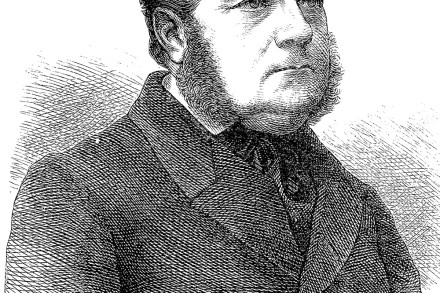Looking on in anger: Happiness and Love, by Zoe Dubno, reviewed
The fantasy of telling disagreeable friends how awful they really are is a relatable one. But rarely does it find such extravagant, relentless expression as in Zoe Dubno’s debut novel Happiness and Love. The narrator is a nameless woman who finds herself among former friends in New York. While she never succumbs to an outburst, her interior monologue issues forth like a furious esprit d’escalier. The dramatic scenario – modelled on that of Thomas Bernhard’s 1984 novel Woodcutters – is a dinner party in the loft dwelling of an ‘art world’ couple with whom the narrator used to live, following the funeral of one of their cohort. The narrator remains



